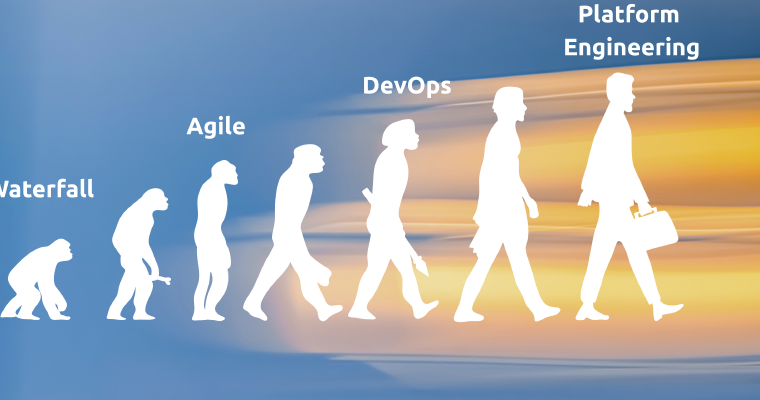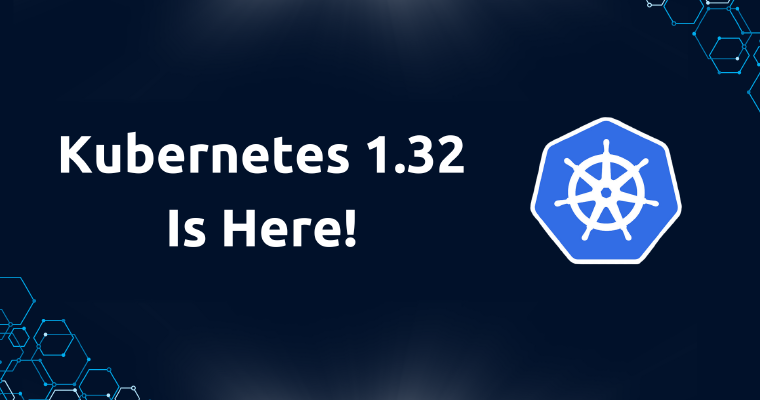


The New Era of Resilience in the Cloud
Discover why resilience is the pragmatic next step for Europe’s cloud infrastructure.

Why We Need Platform Engineering (and Where DevOps Fell Short)
This post explores how software development evolved, where DevOps fell short, and why Platform Engineering is the next step.

Is Europe Breaking Up with US Cloud Giants?
In light of the recent political changes in the US, companies in the EU are starting to look for ways to break free from the giant US cloud providers. But cutting ties won’t be easy.

5 Crucial Benefits of Internal Developer Platforms
Learn why IDPs are becoming essential for modern software teams. Discover how Internal Developer Platforms (IDPs) boost developer productivity, streamline operations, reduce errors, and accelerate time to market.

Kubermatic Unplugged: Can't-Miss Sessions at Cloud Native Rejekts & KubeCon + CloudNativeCon Europe in London!
Join Kubermatic at Cloud Native Rejekts EU and KubeCon + CloudNativeCon Europe in London for an unmissable lineup of sessions!

Multi-Cluster Kubernetes Management With Operators
This blog post will cover why you need multi-cluster management, how Kubermatic Kubernetes Platform leverages Kubernetes Operators to automate cluster life cycle management across multiple clusters, clouds, and regions and how you can get started with it today.

The Rise of Public Cloud Repatriation: Why Businesses Are Moving Away
Over the past few years, businesses have been migrating away from the public cloud. This blog explores the key reasons behind public cloud repatriation and what it means for your organization.

Why the Bezos API Mandate Still Shapes Our Platform-Driven World
Discover how the Bezos API Mandate is relevant for Kubernetes, why it still matters in modern software development, and what is the next step.

The first step in the second decade - Kubernetes 1.32 "Penelope"
The Kubernetes 1.32 release is here! In our blog post, we highlight major improvements and show how and when you benefit from them.

A Sneaky Peek at Kubermatic Developer Platform (KDP): Empower Developers, Accelerate Innovation
Elevate your development operations with the Kubermatic Developer Platform (KDP), based on CNCF Sandbox project KCP.

Troubleshooting with AI - How k8sgpt makes debugging Kubernetes clusters easier
Discover how k8sgpt simplifies Kubernetes cluster troubleshooting with AI.

Transform Your Business Operations with IT Infrastructure Services
Discover how IT infrastructure services can revolutionize your business operations.
